This year marks the second ever offering of Dragonwell Black Tea, moving it from experiment to canon. Let’s stop and reflect on just how momentous this is, not just for our partner Li Xiaoping, or Dragonwell Village – the place that she calls home, but for Chinese tea culture as a whole. Dragonwell is one of the most famous growing regions in the world, and Shi Feng (Lion’s Peak), where Li Xiaoping grows her tea is the most famous microclimate within Dragonwell.
Fame in a tea growing region brings success and freedom, but also a kind of weight. This weight is the pressure of tradition and critical acclaim to keep doing the same thing. Dragonwell rose to fame when Emperor Qianlong proclaimed it the best green tea in the world. Since then, the region has focused on its signature flat-pressed early spring harvests, working to preserve the flavor and form that brought success to the region.
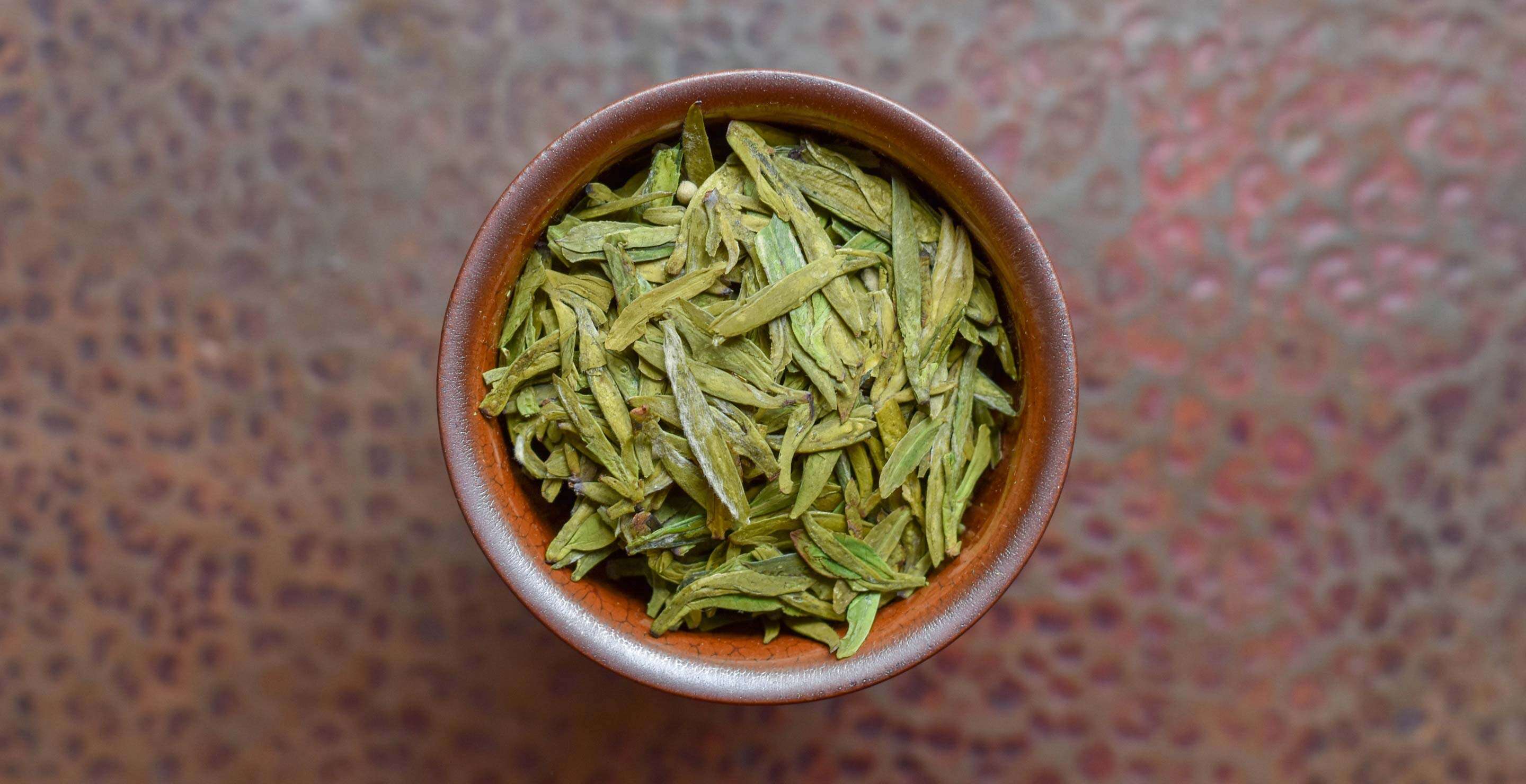
This pattern has been largely uninterrupted for hundreds of years. Dragonwell is a marker of sorts in tea. Other regions look to reproduce its success, closely watching the work of community leaders like Li Xiaoping and her family. While a farmer or workshop outside of Shi Feng might feel free to take a risk and dedicate some of their harvest to something other than Dragonwell green tea, the pressure to “live up” to history in Shi Feng is intense, and the cultural and economic motivation to change that pattern of success is less than none.
To see Li Xiaoping, one of the most respected tea farmers in Shi Feng, devote a portion of her harvest to black tea as an experiment, and then choose to continue that tradition forward is a break from tradition, a potential watershed moment in inspiring innovation in Dragonwell and far beyond.
Yet, this innovation has an important precedent –
an
inspiration coming from about as far away a tea growing region
as
you could find in China:
Laoshan Village.

Laoshan’s history of tea making is far shorter and more modern than Dragonwell, but they have gone down a similar (if accelerated) path. The He Family worked to make a name for Laoshan by honing a perfectly refined and critically-acclaimed green tea.
Then, several years ago, they took a big leap and finished the same leaves as a black tea. Laoshan Black became an instant success, and the motivation the He Family needed to branch out into further experienments with oolongs, herbals and beyond.
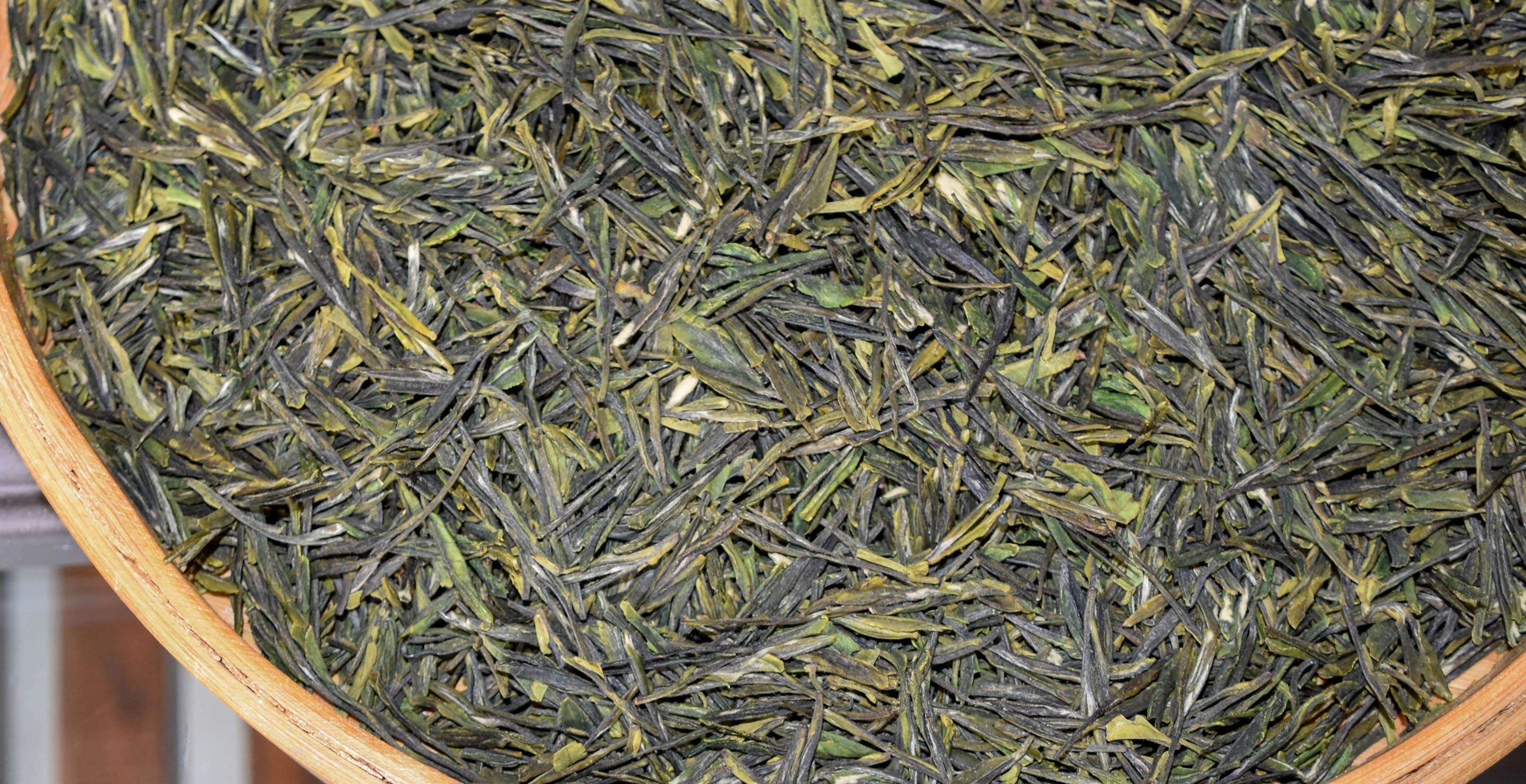
But why would Li Xiaoping in Dragonwell
be interested in
what our partners in Laoshan are doing?
And why would the
He Family’s success
influence the Li Family’s work?
In fact, the two villages
share a deep ancestral bond.
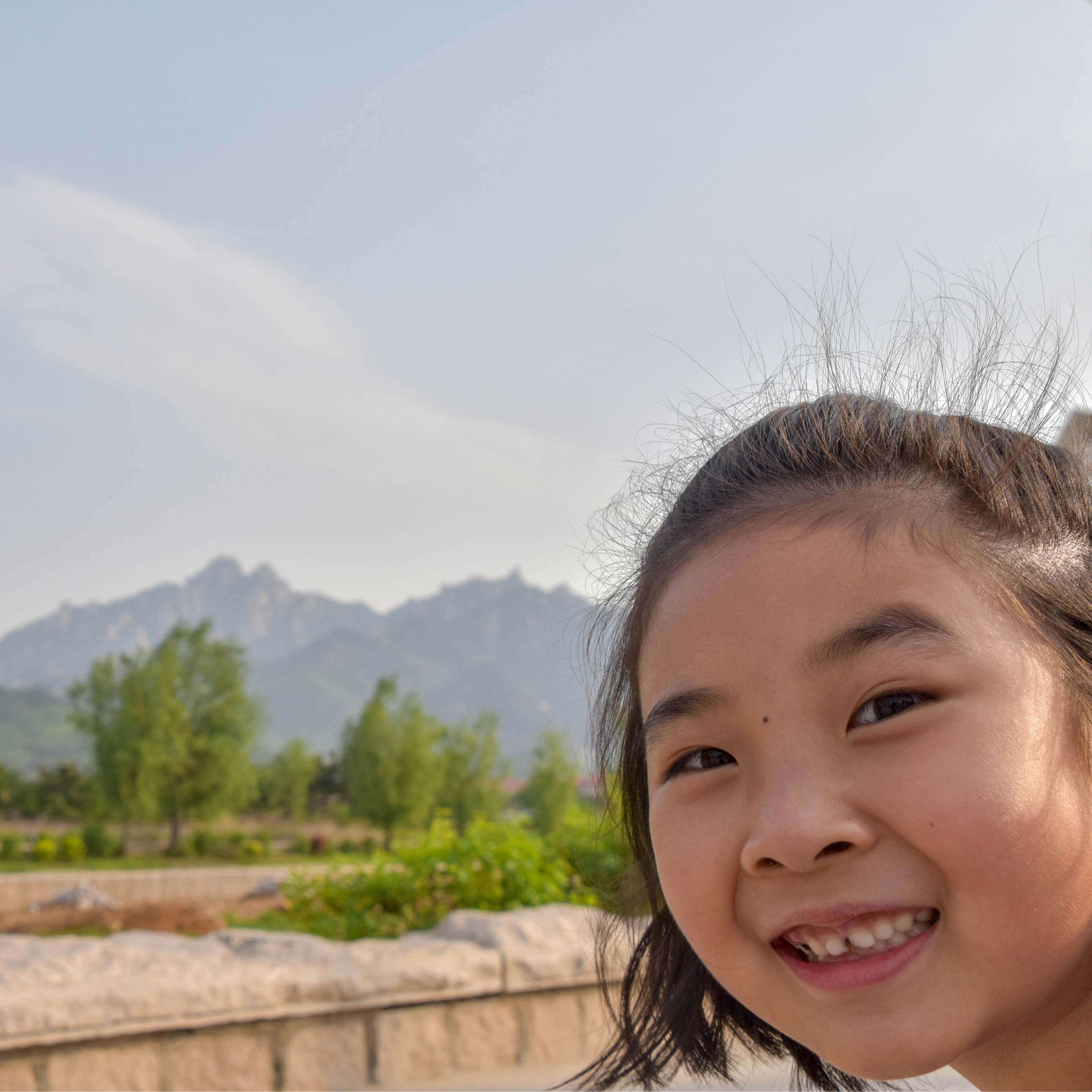
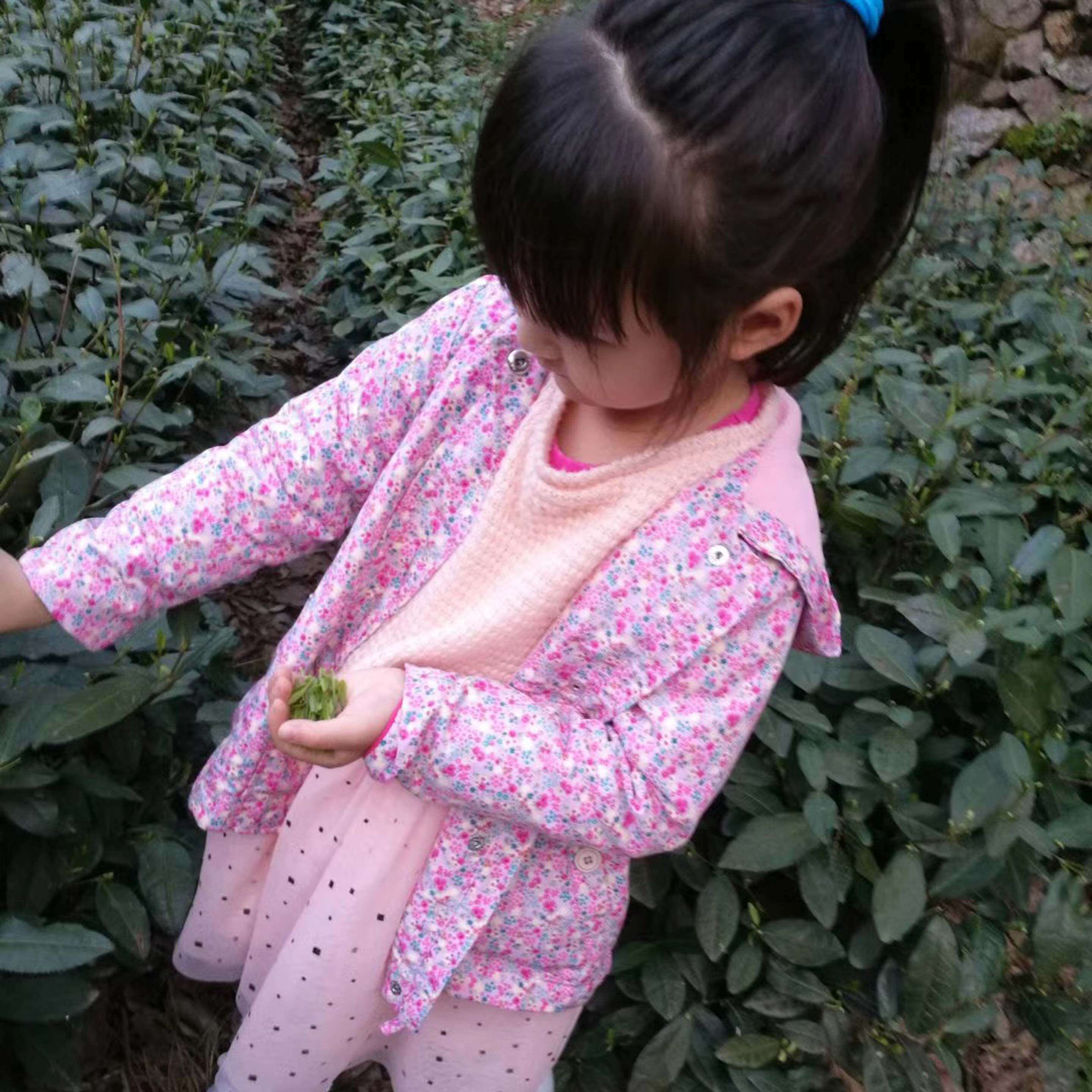
While the first tea grown commercially in Laoshan was planted in living memory, the history of tea in Laoshan goes back hundreds of years. Laoshan’s Taoist monks brought tea plants from Dragonwell back to Taiqing Temple and carefully nurtured these plants in the temple courtyard. Dragonwell’s original landrace cultivar varietal, known as Longjing Qunti, was in this way the very first tea planted in Laoshan. While the weather was much colder than ideal, the monks cared for their tea bushes, covering them in the winter and tending them for years. Over time, generations of tea plants adapted to the cold weather and Laoshan’s unique climate.

Most tea plants in Laoshan Village (and every plant in the He Family’s fields) can be traced back to the original bushes in Taiqing temple, as cuttings and seedlings from the temple were introduced to the area in the 1960’s, grown particularly successfully by the He Family and their neighbors in the early days.
In fact, Mr. He’s father received his first tea plants from the Taoist monks of Taiqing temple themselves during land reform when temple land was divided up to the people of Laoshan.
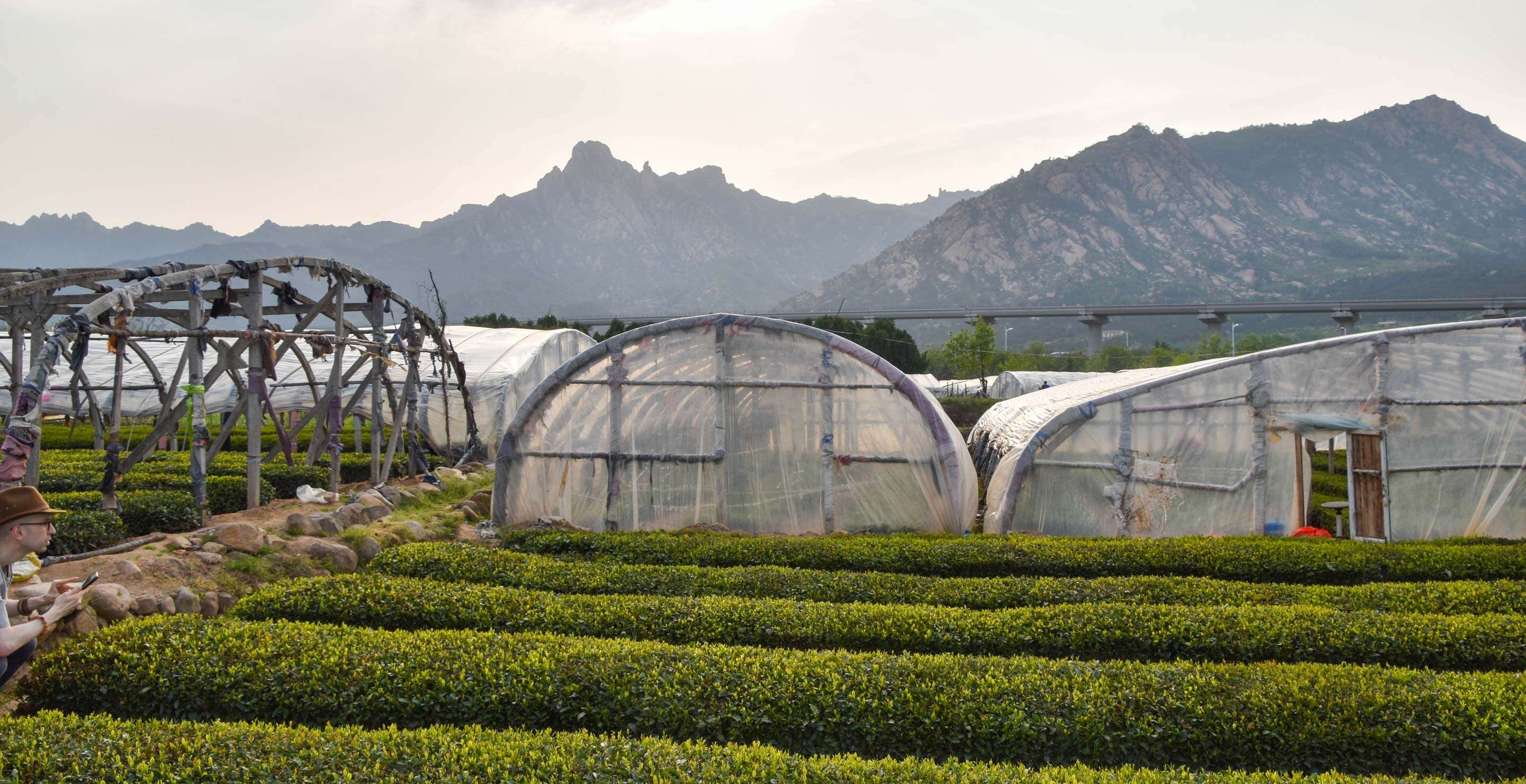
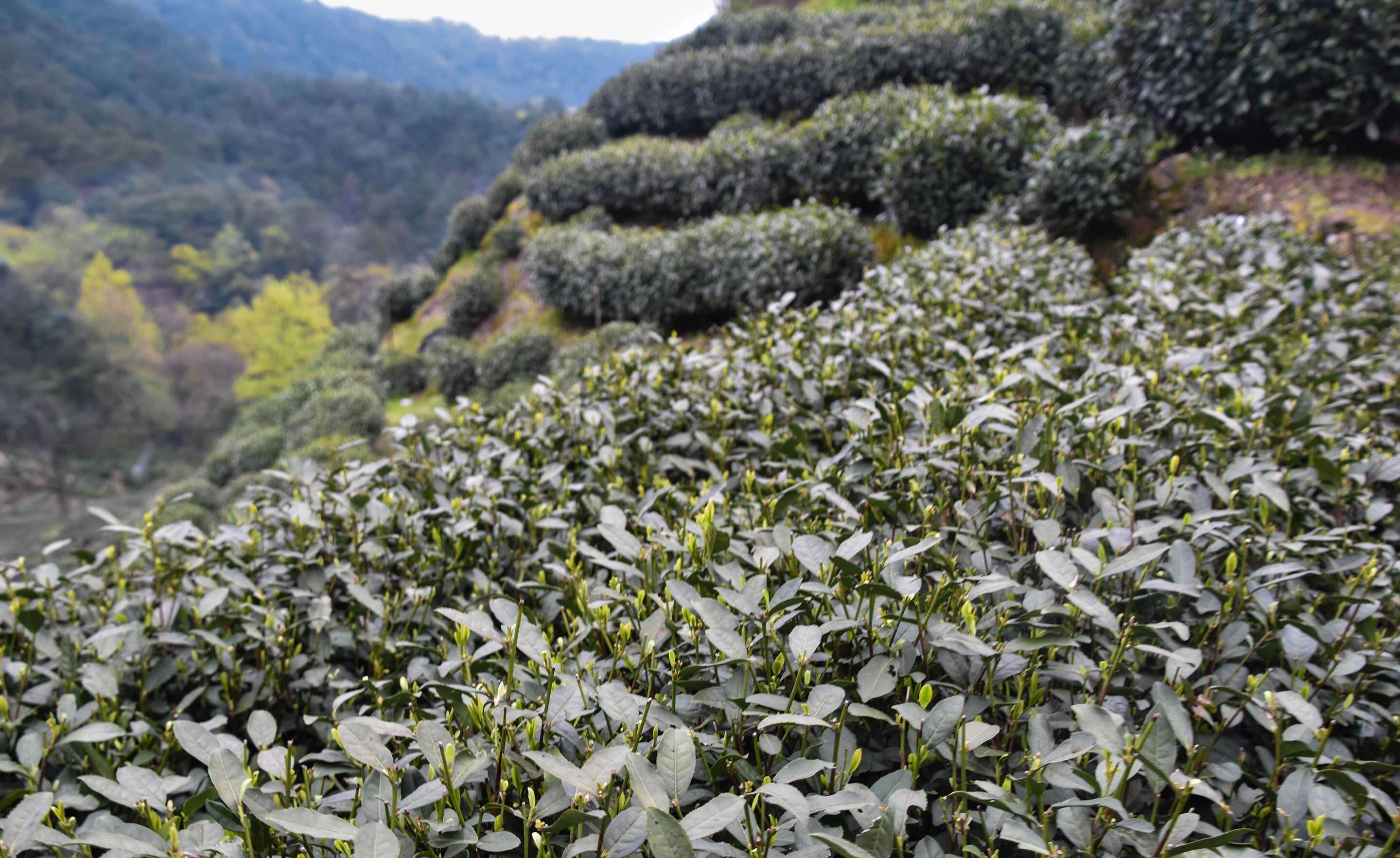
If you go back far enough,
Dragonwell and Laoshan tea
come from the same ancestors,
and are still considered
the same cultivar.
In fact, if you taste the early season flat-pressed Laoshan Green and Li Xiaoping’s Dragonwell green, they both exhibit a similar green bean flavor, deep sweetness and herbaceous undertones.
If the He Family can use
Longjing Qunti to make black tea,
then why not
Li Xiaoping?
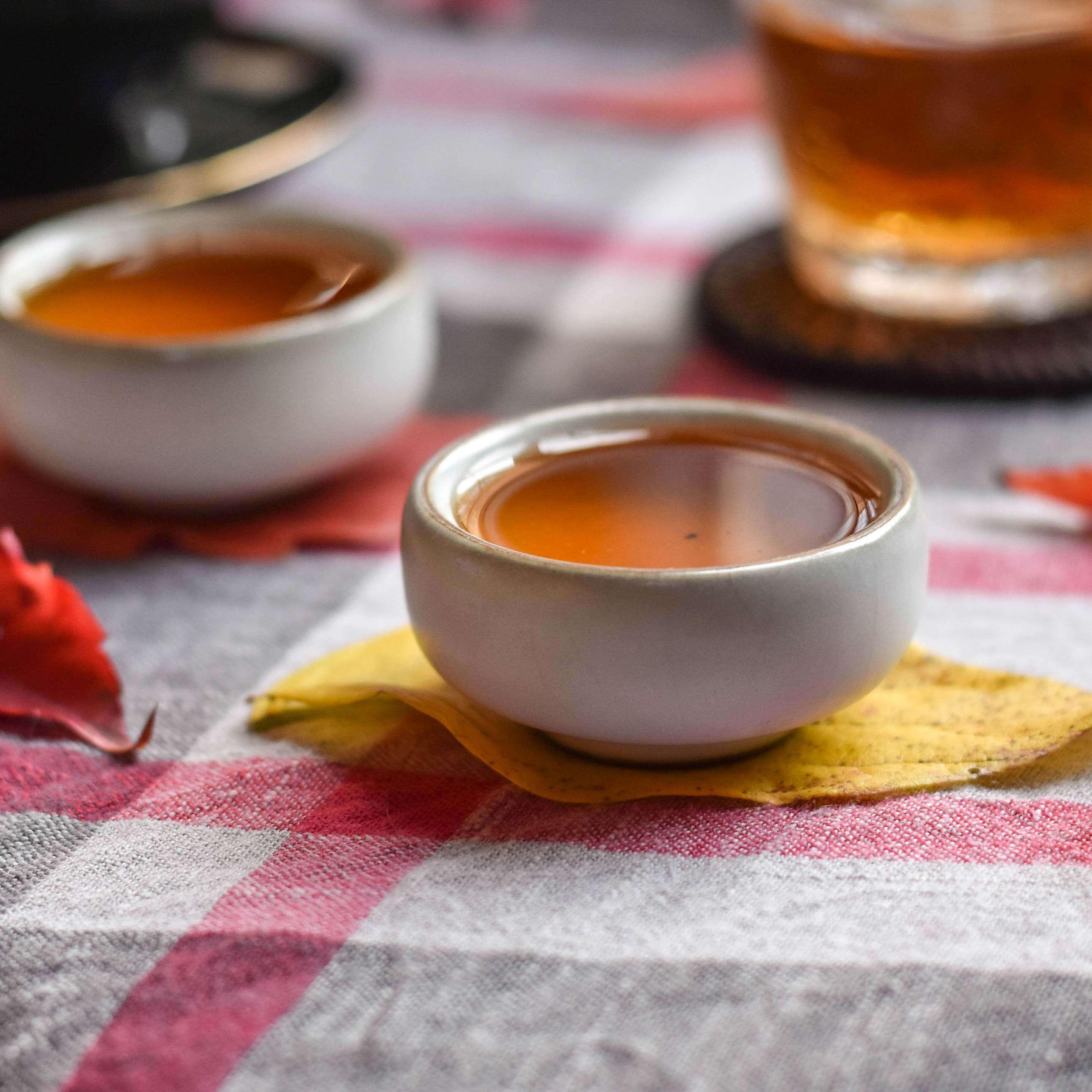

If you’ve tasted the He Family’s famous Laoshan black, well-known for its rich sweet chocolatey flavor, then it would be all the more thrilling to try Li Xiaoping’s Dragonwell Black to better understand what is inherent to the cultivar itself in the taste experience compared to what is coming from terroir and the choices of the tea master in their agriculture and finishing.
Li Xiaoping’s Dragonwell Black is oxidized in the sun using traditional techniques and carefully hand finished. The result is a tea whose chocolate and malt is unmistakeably related to Laoshan Black- a portrait of Longjing Qunti, the ancestral cultivar that makes both teas what they are – and a celebration of their differences, from the crisp and distinct minerality that is all Dragonwell terroir to the choices made in finishing for roast levels and shaping.

Comparing these teas from Dragonwell and Laoshan – both green and black – is a meditation on the idea of Tian Di Ren (sky, earth and human – or weather, terroir, and craftsperson) – Master Zhang’s explanation of what shapes a tea into what you enjoy in the cup.
Taken together, the final effect a good reminder that good tea goes beyond varietal and stock. It is a rarity that can only come about in perfectly balanced ecosystem when in the hands of deliberate and masterful craftspeople.
It is fascinating to look at the currents of cultural exchange in tea, with the famous region of Dragonwell lending its tea and technique to Laoshan, only to end up gaining inspiration from that region hundreds of years later. This flow of ideas, techniques and styles is speeding up in China, and every season, our partners are creating new innovative teas like never before.
Longjing Qunti is a perfect example of a single tea
that has spread far and wide to inspire new ideas and styles.
Li
Xiaping’s Dragonwell
Black is a celebration of this new flow of ideas between
passionate small family growers.



 How To
How To Myths & Legends
Myths & Legends Travelogue
Travelogue Tasting Journal
Tasting Journal Talking Shop
Talking Shop Tea 101
Tea 101 Watch
Watch Teaware
Teaware News
News

Leave a Reply